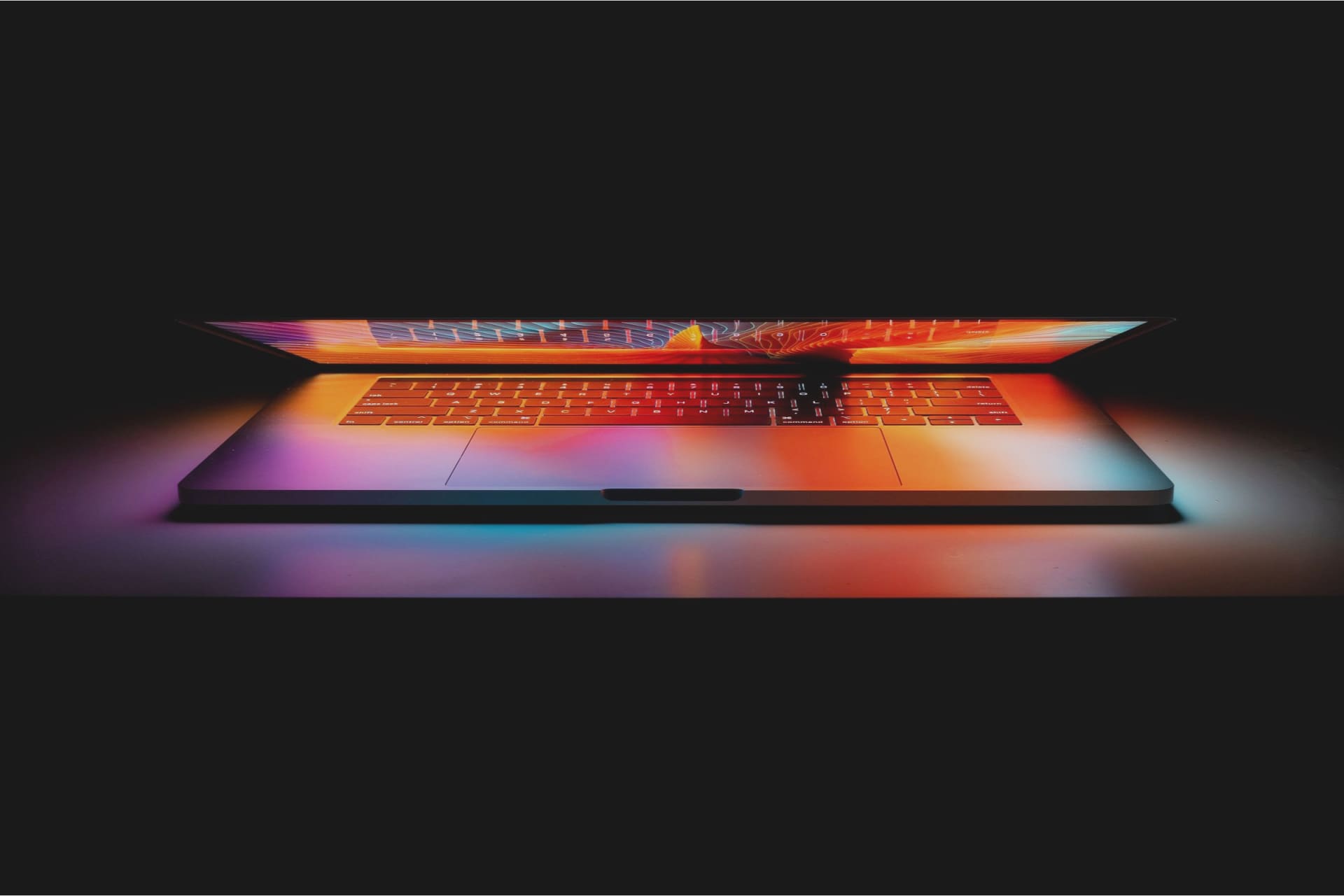The MacBook Pro was introduced in October 2008. It was marketed as a “unibody” model, thanks to its aluminum casing. It had a flush display and redesigned trackpad with a single clickable button. It was the first MacBook to include the Intel Core i5 and i7 processors, as well as Thunderbolt and a high-resolution Retina display. During its time as a popular laptop, the MacBook Pro has won many awards, and continues to win over consumers.
13-inch
The Retina display on the 13-inch MacBook Pro brings greater interactivity to your desktop with the Force Touch trackpad. This new trackpad uses built-in force sensors to give you haptic feedback when you click anywhere on the trackpad. This allows you to customize the amount of force required for each click. This feature also makes using your Mac even more convenient. When used together with a Force Touch keyboard, you can type with more precision than ever.
The screen on the 13-inch MacBook Pro is a Retina display with a brightness of 500 nits and P3 Wide color support. It also supports True Tone, which automatically matches the display’s color temperature with the ambient light so that your screen displays colors more accurately. The resolution of the screen is 2560 by 1600 with 227 pixels per inch. The True Tone feature has a multi-channel ambient light sensor that automatically adjusts brightness and color to match the light in your room, reducing eyestrain.
M1
The MacBook Pro M1 uses the same chassis and internal components as its predecessor. It has no MagSafe port and uses USB-C instead of its traditional port. Its high-efficiency chip offers 2x the performance of the previous generation Mac while using 25% less power. With its eight cores, it can run for up to 20 hours and still maintain its performance. This makes it a great choice for people who need a powerful, lightweight laptop.
While the previous generation’s M1-powered 13-inch model was the top upgrade choice for Apple users, it lacked a number of features and offered a modest bump in graphics performance. Its successor, the 14-inch MacBook Pro, offers a much bigger leap in overall performance and portability. It also ditches the Touch Bar in favor of a more practical set of function keys. It also costs less than the previous generation.
M1 Max
The M1 Max for MacBook Pro is a slim and feather-light keyboard for the newest MacBook model. It is fast, has an excellent Mac notebook display and a multi-touch enabled strip of glass built into the keyboard. The Touch Bar is an innovative feature that allows users to interact with the computer by using their finger. It allows you to use tools without having to touch the keyboard, enabling you to do more in less time.
The M1 Pro has two different types of processors: the M1 Max and M1 Pro. The M1 Max is the fastest, with up to 64GB of memory. It is better suited to users who require more performance for demanding GPU workflows. If you plan to use your laptop for video editing or 3D animation, you might want to choose the M1 Max. Its speed increases are substantial. So, the M1 Pro is still a great choice for general-purpose computing.
M2
The new M2 chip in the new 13-inch MacBook Pro offers speed, power efficiency, and impressive battery life. This device also features a FaceTime HD camera and studio-quality mics, a brilliant Retina display, and an active cooling system. This powerful laptop has the newest Apple silicon chip, the M2 chip. The M2 chip is the next generation of Apple’s silicon, and it offers speed and power efficiency that you can’t get from any other processor.
Rumors are swirling about a M2 Pro and an M2 Max update for the MacBook Pro. According to Bloomberg’s Mark Gurman, Apple has an internal goal to release the updated MacBook Pros sometime in the fall of 2022 or early 2023. The new models will likely come with the same basic features as the current models, though there will be several notable upgrades. Apple is expected to introduce a new display and a webcam for the M2 Pro.
16-inch
The new 16-inch MacBook Pro brings a new level of performance to the desktop PC market. With eight cores and 16 threads, it provides more than twice the performance of the quad-core MacBook Pro. The new model also comes with a force-canceling woofers and is designed for professionals who require the highest performance possible from a computer. Despite its relatively high price, this MacBook remains a great value for money, particularly when discounted by $250.
The Apple 16-inch MacBook Pro offers an impressive amount of power, a stunning display, the most powerful speakers on a laptop, and an outstanding selection of ports. It’s designed for professional use, so power users will be happy with the results. The laptop is designed for developers and creatives, and it’s quiet and responsive. It also comes with some important ports, such as HDMI, DisplayPort, and Gigabit Ethernet.
21-inch
Apple is expected to launch a 21-inch MacBook Pro, and the specs are pretty impressive. The price of the base configuration starts at $1,299, and it features an i3 processor with 8GB of DDR4 memory, a 256GB SSD, and AMD Radeon Pro 555X graphics. However, there are some concerns over the thermal limits of the new MacBook Pro. Here are some of the things you should know before buying one.
The screen on the 21-inch MacBook Pro is a notch, and features a multi-touch display. This display is also matte and supports True Tone technology, which adjusts the white balance of a picture to match the ambient light. The display is also supported by a high-resolution camera. The display also sports a full-size keyboard, which makes typing easier. There are four buttons on the side of the screen for more precise positioning.
MagSafe
The MagSafe for MacBook Pro is a safety feature that prevents accidental disconnections. The cable is a 2-meter long and guides the plug to the power port on the MacBook Pro. The cable also comes with a USB-C power adapter for charging at a power point or with fast charging capabilities. The MagSafe 3 connector is designed to resist most accidental disconnections. For instance, if someone trips on the cable, it will automatically release itself.
The first MagSafe was introduced in 2006 and had a T-shaped connector. This design allowed it to fit on the side of the computer and was compatible with MacBook models from 2006 to 2012. Later, Apple introduced the MagSafe 2, which was wider and thinner. Despite its similarity to the original MagSafe, it was not compatible with older MacBook Pro models. As such, Apple has now made the MagSafe 3 compatible with the latest models.
Touch Bar
The MacBook Pro features a new feature called the Touch Bar. It’s an OLED strip that replaces the function keys, allowing you to quickly switch between apps. Depending on the application, the Touch Bar can control everything from copy and paste to video editing. Third-party developers are already adding Touch Bar functionality to their programs, including Adobe, Microsoft, and others. The Touch Bar also features a Touch ID sensor for security and purchases.
The Touch Bar is located on the top of the keyboard, making it easier to use than a standard keyboard. The Control Strip is always displayed in the right corner of the Touch Bar and has buttons for Siri, brightness, volume, and mute. You can also customize it by swapping the buttons on the Control Strip with other ones to switch between functions. It’s also possible to customize the buttons on the Control Strip, including the keyboard shortcuts.
Mini-LED screens
Apple has been hesitant to incorporate new technology into its consumer laptops, such as mini-LED screens, on the entry-level MacBook Air and MacBook Pro. The new models use LED backlit displays and IPS technology, but lack the new Mini-LED technology. The entry-level MacBook Air mimics the design of the MacBook Pro but lacks the mini-LED technology and an older screen. In addition, Apple has not added a fingerprint sensor to the new models.
Apple is expected to introduce new models of the MacBook Pro next week, including 14-inch and 16-inch models with Mini-LED displays. The new generation of MacBook Pros is expected to have a higher contrast ratio and a sharper image than its predecessors. Its new technology could make products thinner, which means fewer parts. Apple is also expected to expand its mini-LED supply chain. In short, mini-LED panels are the future of Apple products.

